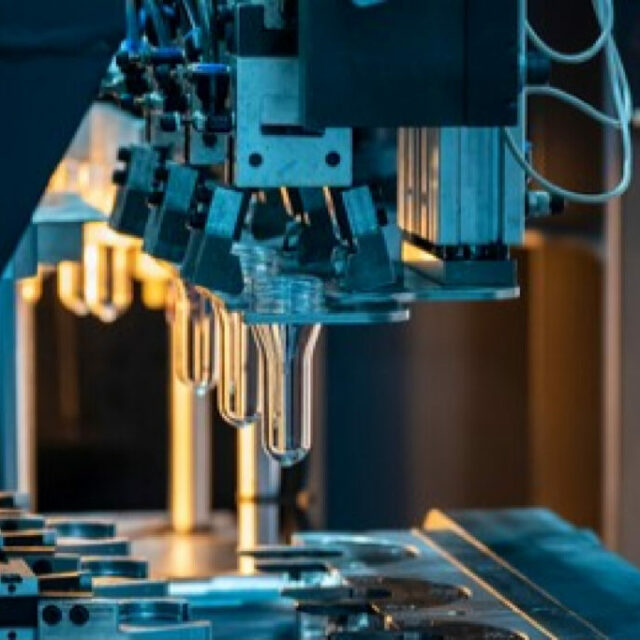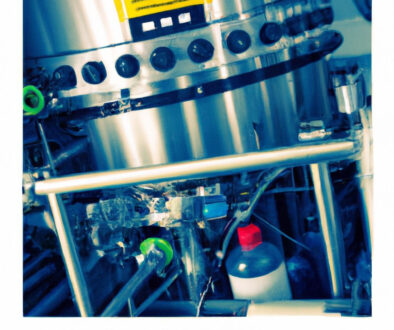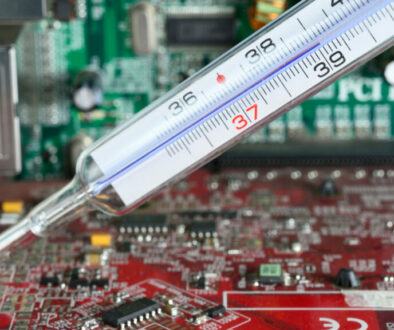Blow Molding Process for Glass Bottles and other Applications
A blow molding process is used to form hollow plastic and glass products made from thermoplastic materials or molten glass. Plastic tubes called parisons are heated and inflated to inflate preforms. During the manufacturing process, a parison is placed between two dies so that the desired shape of the product can be achieved. Following the air supply, the walls of the tube become thinner and conform to the mold. Once the blowing process is complete, the product is then cooled, ejected, trimmed, and prepared for the secondary processes.
History of Blow Molding
Rubber was the first material used in blow molding besides glass. During the 1850s, Samuel Armstrong patented the process. The next breakthrough occurred around the 1930s when Plax Corporation developed its first blow molding machine. Cellulose acetate is used as the raw material in the process. It was Imperial Chemical Industries from England that introduced low-density polyethylene (LDPE) in 1939. As LDPE is better suited for blow molding, further development of the process was possible. Commercialization of blow molding finished by the 1950s led to exponential growth in the industry.
Blow Molding Process
In order to blow mold plastic, the first step is to feed the plastic into the mold. In order to do this, plastic pellets are conveyed into the hopper of the extruder. Using vacuum pumps, pellets are drawn from big bags or bulk containers and transferred into raw material silos. The silo bottom contains a rotary feeder that controls the feed rate to the extruder or plasticizer. As soon as the pellets are stored, they are conveyed to the hopper of the extruder via compressed air. A vacuum conveying air system can be used in other systems to transport plastic pellets directly to an extruder hopper without requiring a separate conveying air system.
Extrusion machines melt plastic resin by continuously kneading and heating it as it enters and passes through them. For melting polymers, electric heating elements are wrapped around the barrel of the extruder. There are different sections on an extruder screw that serve different functions. A feeding system, a compressing system, and a metering system are all part of these processes. Plastic is homogenized and extruded using the extruder screw’s shearing and compression capabilities.
A parison or preform is prepared by extruding or injecting the material. In order to do this, the plastic is extruded or injected into a preform mold by free extrusion or injection. Preform sealing or clamping involves capturing the preform with a split die. Parison (extrusion blow molding) ends are sealed except for one hole, typically the container’s opening, where compressed air is injected. It is in this step that the plastic takes its form, via inflation or blow molding. Compressed air is used to inflate the preform. Preforms are inflated until die profiles are followed.
Injection and extrusion blow molding are the two major types of blow molding. Preforms or parisons are produced differently depending on how they are made. Heat-treated plastic tubes are commonly known as preforms, while extrusion blow molding is known as parions. Creating biaxially oriented plastics can also be created by stretching blow molding, which is basically an amalgamation of the two other methods. Every process has its own pros and cons that are geared to serve a specific purpose.
Using extrusion blow molding, a predetermined length of aluminum is extruded with the aid of a split die at each end of the aluminum. At one end, an air supply is connected, while at the other end, a seal seals the joint. Inflating the parison is done by using compressed air. The inflated molten plastic is cooled by the die as it meets the surface of the die, because the dies are cold. In order to get the product out of the mold, the mold is opened when the dimensions of the product are stable.
By classifying extrusion blow molding by how it is made, you can distinguish between two types. There are two types of blow molding: continuous and intermittent.
This method involves continuously extruding the parison from the extrusion machine. Continuous homogenization is performed on polymers. Following the extrusion of the parison, the mold halves are closed by cutting them to length. Depending on the mounting and movement of the mold, the mold halves can be arranged into different types. A shuttle press, for example, holds one or more parallelograms horizontally next to each other. There is a lower throughput with shuttle presses compared with the other configurations.
The blowing process ends with the product cooling, ejecting, and trimming, then preparing it for secondary processes.



